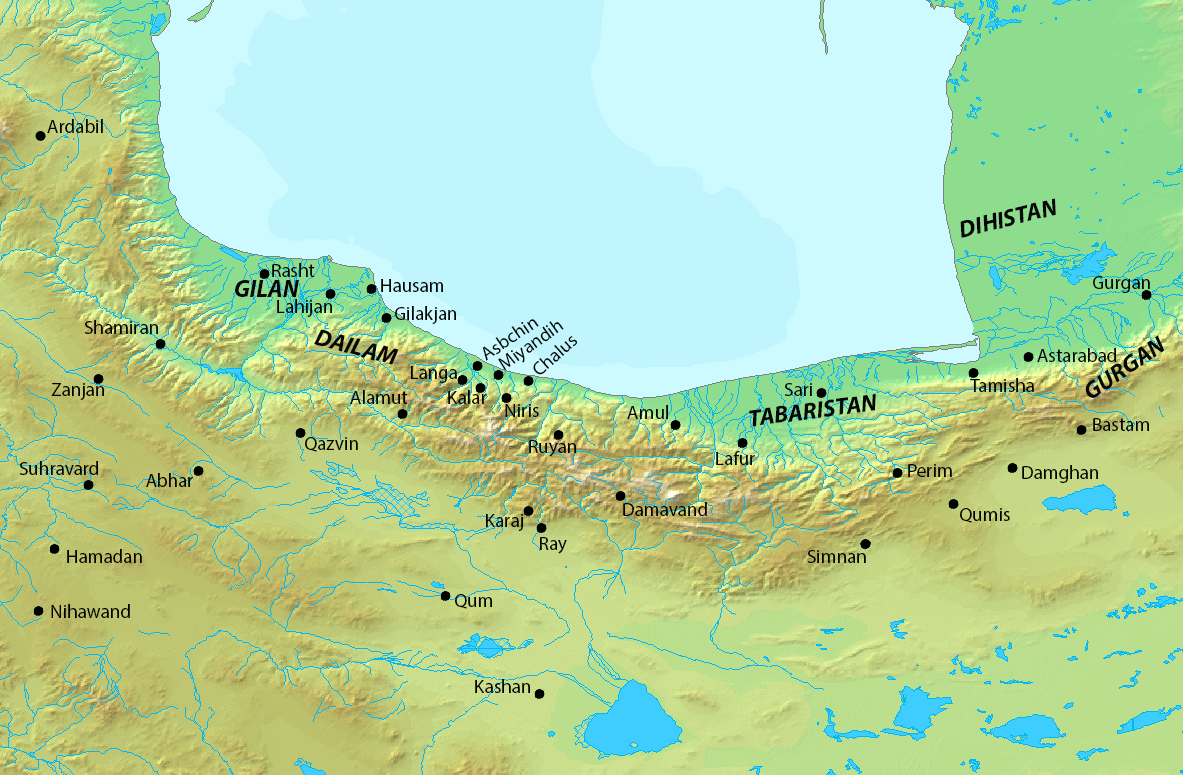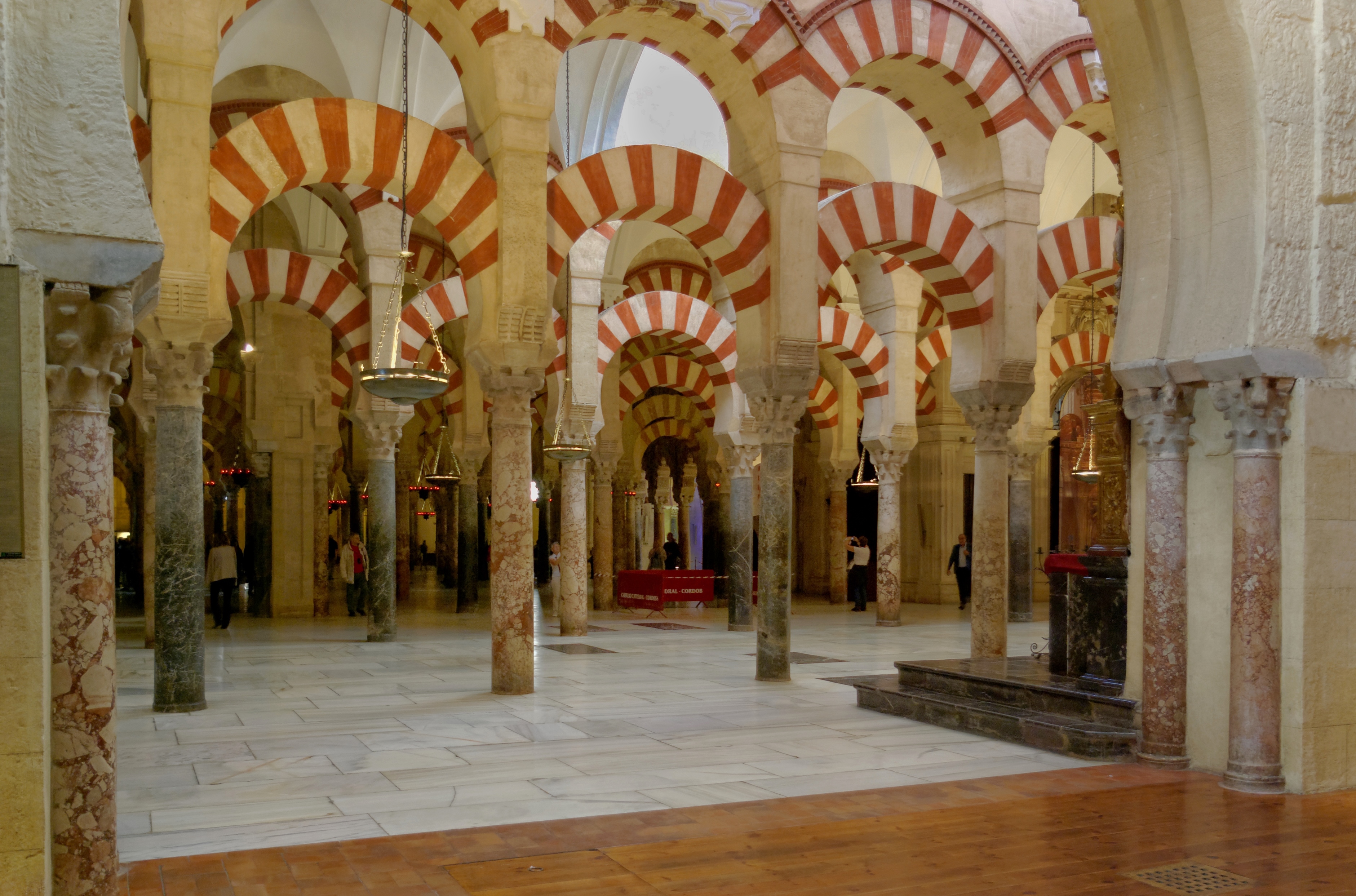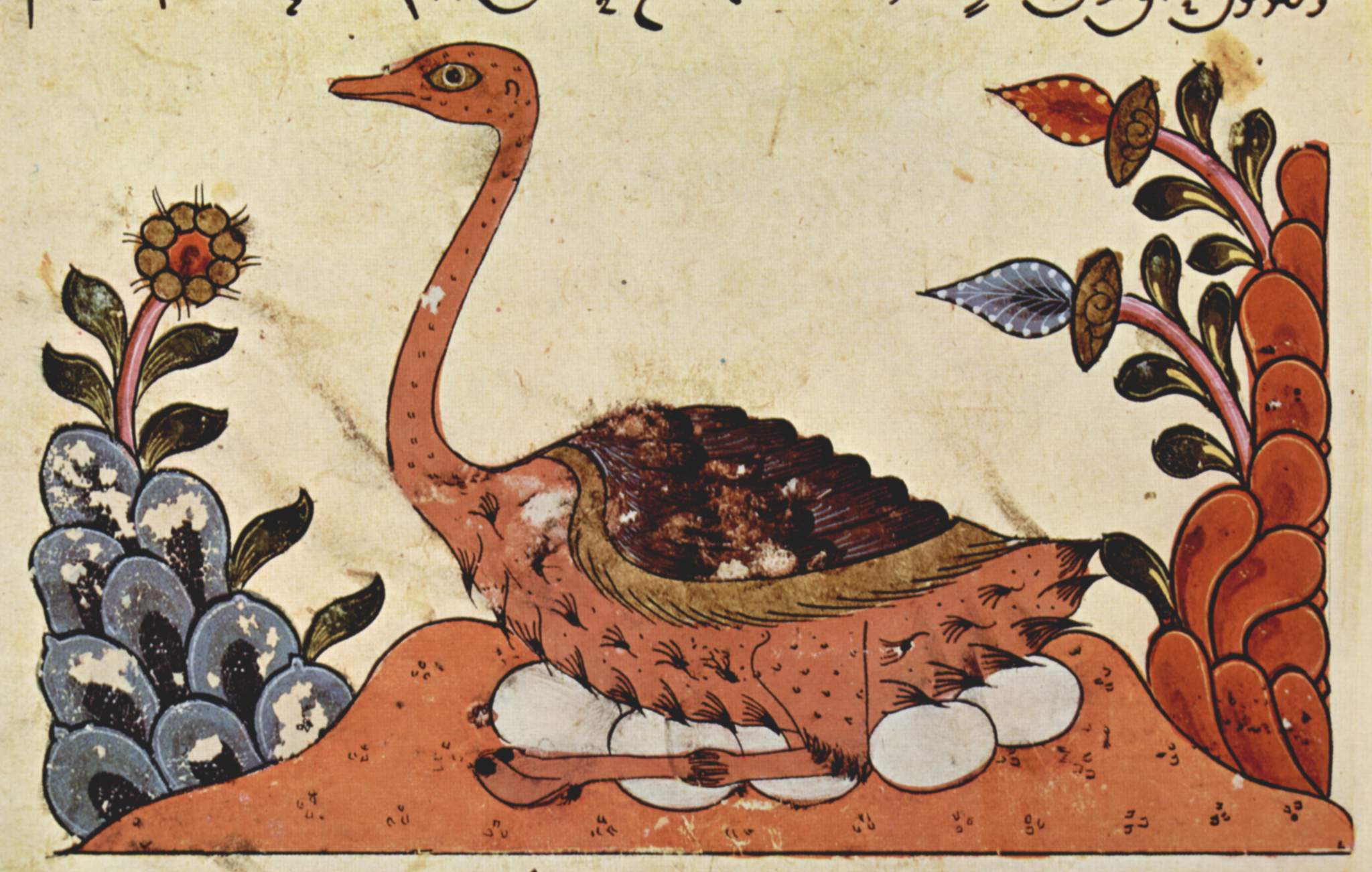|
Al-ʿIqd Al-Farīd
''al-ʿIqd al-Farīd'' (''The Unique Necklace'', ) is an anthology attempting to encompass 'all that a well-informed person had to know in order to pass in society as a cultured and refined individual' (or ''Adab (literature), adab''), composed by Ibn ʿAbd Rabbih (860–940), an Arab writer and poet from Córdoba, Spain, Córdoba in Al-Andalus. History There are around 40 known surviving manuscripts of ''al-ʿIqd al-Farīd'' in the world. The first printed edition was published in 1876 by the Bulaq Press in Egypt. Another seven editions were printed in Cairo and two were printed in Beirut. According to Issa J. Boullata, the best three editions are those edited by Ahmad Amin et al and published in seven volumes in its third edition by in 1965, by and published in eight volumes its second edition by Matba'at al-Istiqama in 1953, and by Mufīd Muḥammad Qumayḥa and published in 9 volumes by in 1997. Portions of the work were translated and published. The French orientalist Fu ... [...More Info...] [...Related Items...] OR: [Wikipedia] [Google] [Baidu] |
Ibn ʿAbd Rabbih
Ahmad ibn Muhammad ibn ʿAbd Rabbih (; 860–940) was an Arab writer and poet widely known as the author of ''al-ʿIqd al-Farīd'' (''The Unique Necklace''). Biography He was born in Córdoba, Spain, Cordova, now in Spain, and descended from a freed slave of Hisham I, the second Spanish Umayyad emir. He enjoyed a great reputation for learning and eloquence. Not much is known about his life. According to Isabel Toral-Niehoff, He came from a local family whose members had been clients (mawālī) of the Umayyads since the emir Hishām I (788–796). His teachers were Mālikī ''fuqahāʼ'' and ''muḥaddithūn'' who had travelled to the East in search of knowledge: Baqī b. Makhlad (816–889), Muḥammad b. Waḍḍāḥ (815–899), and a scholar named Muḥammad b. ʻAbd al-Salām al-Khushanī (833–899), who is said to have introduced much poetry, ''akhbār'' and ''adab'' from the Islamic East to Andalusia. Ibn ʻAbd Rabbih himself is said to have never left the Peninsula. In ... [...More Info...] [...Related Items...] OR: [Wikipedia] [Google] [Baidu] |
Ibn Qutaybah
Abū Muḥammad ʿAbd Allāh ibn Muslim ibn Qutayba al-Dīnawarī al-Marwazī better known simply as Ibn Qutaybah (; c. 828 – 13 November 889 CE/213 – 15 Rajab 276 AH) was an Islamic scholar of Persian people, Persian descent. He served as a qadi, judge during the Abbasid Caliphate, but was best known for his contributions to Arabic literature.Abd Allah Abu Muhammad Abd Allah ibn Muslim al-Dinwari Ibn Qutaybah from The Oxford Dictionary of Islam. Oxford Reference, Copyright © 2013.Christopher Melchert, "Qur'anic Abrogation Across the Ninth Century." Taken from ''Studies in Islamic Legal Theory'', pg. 80. Ed. Bernard G. Weiss. Volume 15 of Studies in Islamic law and society / Studies in Islamic law and society. Leiden: Brill Publishers, 2002. ... [...More Info...] [...Related Items...] OR: [Wikipedia] [Google] [Baidu] |
Arabic Anthologies
Arabic (, , or , ) is a Central Semitic language of the Afroasiatic language family spoken primarily in the Arab world. The International Organization for Standardization (ISO) assigns language codes to 32 varieties of Arabic, including its standard form of Literary Arabic, known as Modern Standard Arabic, which is derived from Classical Arabic. This distinction exists primarily among Western linguists; Arabic speakers themselves generally do not distinguish between Modern Standard Arabic and Classical Arabic, but rather refer to both as ( "the eloquent Arabic") or simply ' (). Arabic is the third most widespread official language after English and French, one of six official languages of the United Nations, and the liturgical language of Islam. Arabic is widely taught in schools and universities around the world and is used to varying degrees in workplaces, governments and the media. During the Middle Ages, Arabic was a major vehicle of culture and learning, especially ... [...More Info...] [...Related Items...] OR: [Wikipedia] [Google] [Baidu] |
Arab Culture
Arab culture is the culture of the Arabs, from the Atlantic Ocean in the west to the Arabian Sea in the east, in a region of the Middle East and North Africa known as the Arab world. The various religions the Arabs have adopted throughout History of the Arabs, their history and the various empires and kingdoms that have ruled and took lead of the civilization have contributed to the ethnogenesis and formation of modern Arab culture. Arabic, Language, Arabic literature, literature, Arab cuisine, gastronomy, Arab art, art, Arab architecture, architecture, Arabic music, music, spirituality, Arab philosophy, philosophy and mysticism are all part of the cultural heritage of the Arabs. The countries of the Arab world, from Morocco to Iraq, share a common culture, traditions, language and history that give the region a distinct identity and distinguish it from other parts of the Muslim world. The Arab world is sometimes divided into separate regions depending on different cultures, dial ... [...More Info...] [...Related Items...] OR: [Wikipedia] [Google] [Baidu] |
10th-century Arabic-language Books
1 (one, unit, unity) is a number, numeral, and glyph. It is the first and smallest positive integer of the infinite sequence of natural numbers. This fundamental property has led to its unique uses in other fields, ranging from science to sports, where it commonly denotes the first, leading, or top thing in a group. 1 is the unit of counting or measurement, a determiner for singular nouns, and a gender-neutral pronoun. Historically, the representation of 1 evolved from ancient Sumerian and Babylonian symbols to the modern Arabic numeral. In mathematics, 1 is the multiplicative identity, meaning that any number multiplied by 1 equals the same number. 1 is by convention not considered a prime number. In digital technology, 1 represents the "on" state in binary code, the foundation of computing. Philosophically, 1 symbolizes the ultimate reality or source of existence in various traditions. In mathematics The number 1 is the first natural number after 0. Each natural number ... [...More Info...] [...Related Items...] OR: [Wikipedia] [Google] [Baidu] |
9th-century Arabic-language Books
The 9th century was a period from 801 (represented by the Roman numerals DCCCI) through 900 (CM) in accordance with the Julian calendar. The Carolingian Renaissance and the Viking raids occurred within this period. In the Middle East, the House of Wisdom was founded in Abbasid Baghdad, attracting many scholars to the city. The field of algebra was founded by the Muslim polymath al-Khwarizmi. The most famous Islamic scholar Ahmad ibn Hanbal was tortured and imprisoned by Abbasid official Ahmad ibn Abi Du'ad during the reign of Abbasid caliph al-Mu'tasim and caliph al-Wathiq. In Southeast Asia, the height of the Mataram Kingdom happened in this century, while Burma would see the establishment of the major kingdom of Pagan. Tang China started the century with the effective rule under Emperor Xianzong and ended the century with the Huang Chao rebellions. In America, the Maya experienced widespread political collapse in the central Maya region, resulting in internecine warfar ... [...More Info...] [...Related Items...] OR: [Wikipedia] [Google] [Baidu] |
Yusuf (sura)
Yusuf () is the 12th chapter (Surah) of the Quran and has 111 Ayahs (verses). It is preceded by sūrah Hud and followed by Ar-Ra’d (The thunder). Regarding the timing and contextual background of the believed revelation ('' asbāb al-nuzūl''), it was revealed toward the end of the Meccan period, which means it is believed to have been revealed in Mecca, instead of later in Medina. It is said to have been revealed in a single sitting and is unique in this respect. The text narrates the story of Yusuf (Joseph), son of Jacob, who is a prophet in Islam, and recounts his life and mission. Unlike the accounts of other Islamic prophets, different elements and aspects of which are related in different surahs, the life-history of Yusuf, is narrated in this surah only, in full and in chronological order. This surah, which also tells of the truth, according to Muslims, contained in dreams, presents many principles of how to serve Islam by relating the life-history of a prophet, wh ... [...More Info...] [...Related Items...] OR: [Wikipedia] [Google] [Baidu] |
Sahib Ibn Abbad
Abu’l-Qāsim Ismāʿīl ibn ʿAbbād ibn al-ʿAbbās (; born 938 - died 30 March 995), better known as Ṣāḥib ibn ʿAbbād (), also known as al-Ṣāḥib (), was a Persian scholar and statesman, who served as the grand vizier of the Buyid rulers of Ray from 976 to 995. A native of the suburbs of Isfahan, he was greatly interested in Arab culture, and wrote on dogmatic theology, history, grammar, lexicography, scholarly criticism and wrote poetry and ''belles-lettres''. Life Sahib was born on 14 September 938 in Talaqancha, a village roughly 20 miles south of the major Buyid city of Isfahan. His father was Abu'l-Hasan Abbad ibn Abbas (d. 946), a renowned and well-educated administrator, who composed works on the Mu'tazili doctrine. Sahib spent his childhood at Talakan, a town in Daylam near Qazvin. He later settled in Isfahan, and served for some time as an official of the Buyid ruler of Jibal, Rukn al-Dawla (r. 935–976). After the death of his father, Sahib became the ... [...More Info...] [...Related Items...] OR: [Wikipedia] [Google] [Baidu] |
Abd Al-Rahman Al-Nasir
ʿAbd al-Raḥmān ibn Muḥammad ibn ʿAbd Allāh ibn Muḥammad ibn ʿAbd al-Raḥmān ibn al-Ḥakam al-Rabdī ibn Hishām ibn ʿAbd al-Raḥmān al-Dākhil (; 890–961), or simply ʿAbd al-Raḥmān III, was the Umayyad Emir of Córdoba from 912 to 929, at which point he founded the Caliphate of Córdoba, serving as its first caliph until his death. Abd al-Rahman won the ''laqab'' (sobriquet) () in his early 20s when he supported the Maghrawa Berbers in North Africa against Fatimid expansion and later claimed the title of Caliph for himself. His half-century reign was known for its religious tolerance. Life Early years Lineage and appearance Abd al-Rahman was born in Córdoba, on 18 December 890. His year of birth is also given as 889 and 891. He was the grandson of Abdullah ibn Muhammad al-Umawi, seventh independent Umayyad emir of al-Andalus. His parents were Abdullah's son Muhammad and Muzna (or Muzayna), a Christian concubine. His paternal grandmother was also a Ch ... [...More Info...] [...Related Items...] OR: [Wikipedia] [Google] [Baidu] |
Rajaz
Rajaz (, literally 'tremor, spasm, convulsion as may occur in the behind of a camel when it wants to rise') is a metre used in classical Arabic poetry. A poem composed in this metre is an ''urjūza''. The metre accounts for about 3% of surviving ancient and classical Arabic verse. Some historians believe that rajaz evolved from saj'. Form This form has a basic foot pattern of , ⏓ ⏓ ⏑ – , (where '–' represents a long syllable, '⏑' a short syllable, and '⏓' a syllable that can be long or short), as exemplified through the mnemonic (''Tafā'īl'') ' ().''Classical Arabic Literature: A Library of Arabic Literature Anthology'', trans. by Geert Jan van Gelder (New York: New York University Press, 2013), p. 93. Rajaz lines also have a catalectic version with the final foot , ⏓ – – , .Wright, William (1896), ''A Grammar of the Arabic Language'', vol. 2, p. 362. The form of each ( metron) may be ⏑ – ⏑ –, – – ⏑ –, or – ⏑ ⏑ –; only rarely ⏑ ... [...More Info...] [...Related Items...] OR: [Wikipedia] [Google] [Baidu] |
Al-Jahiz
Abu Uthman Amr ibn Bahr al-Kinani al-Basri (; ), commonly known as al-Jahiz (), was an Arab polymath and author of works of literature (including theory and criticism), theology, zoology, philosophy, grammar, dialectics, rhetoric, philology, linguistics, and politico-religious polemics. His extensive zoological work has been credited with describing principles related to natural selection, ethology, and the functions of an ecosystem. Ibn al-Nadim lists nearly 140 titles attributed to al-Jahiz, of which 75 are extant. The best known are ''Kitāb al-Ḥayawān'' (The Book of Animals), a seven-part compendium on an array of subjects with animals as their point of departure; ''Kitāb al-Bayān wa-l-tabyīn'' (The Book of Eloquence and Exposition), a wide-ranging work on human communication; and ''Kitāb al-Bukhalāʾ'' (The Book of Misers), a collection of anecdotes on stinginess. Tradition claims that he was smothered to death when a vast amount of books fell over him. Life The a ... [...More Info...] [...Related Items...] OR: [Wikipedia] [Google] [Baidu] |






